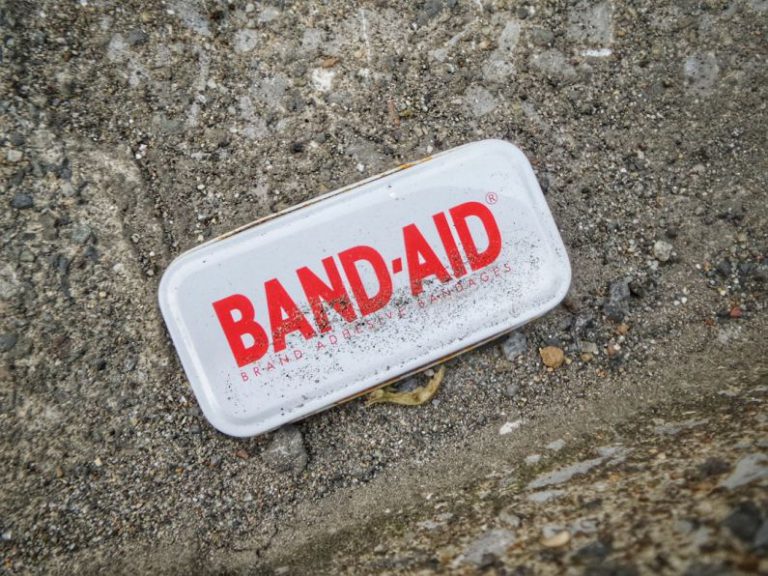Retreaded Tire Warranty: What You Need to Know
When it comes to purchasing retreaded tires, understanding the warranty that comes with them is crucial. A retreaded tire warranty can vary significantly between manufacturers and retailers, so it’s essential to know what to look for and what questions to ask before making a purchase. In this article, we will delve into the key aspects of retreaded tire warranties to help you make an informed decision.
Understanding the Basics of Retreaded Tires
Retreaded tires, also known as “recapped” or “remolded” tires, are tires that have been previously used and then restored with a new tread. This process involves removing the worn tread from the tire’s casing and applying a new tread to extend the tire’s lifespan. Retreading is a cost-effective and environmentally friendly alternative to purchasing new tires, as it allows the casing of the tire to be reused.
Types of Retreaded Tire Warranties
When purchasing retreaded tires, you may come across different types of warranties offered by manufacturers and retailers. It’s essential to understand the various warranty options available to ensure you are adequately protected in case of any issues. Some common types of retreaded tire warranties include:
– Limited Mileage Warranty: This type of warranty covers the tire for a specific number of miles. If the tire wears out before reaching the designated mileage, the manufacturer or retailer may offer a pro-rated refund or replacement.
– Workmanship Warranty: A workmanship warranty guarantees that the retreaded tire has been manufactured to industry standards and is free from defects in workmanship. This type of warranty typically covers issues such as tread separation or irregular wear.
– Road Hazard Warranty: A road hazard warranty provides coverage for damage to the tire caused by road hazards such as potholes, debris, or punctures. This type of warranty can be particularly beneficial for drivers who frequently encounter challenging road conditions.
Key Considerations When Reviewing a Retreaded Tire Warranty
Before purchasing retreaded tires, there are several key factors to consider when reviewing the warranty terms:
– Duration of Coverage: Determine how long the warranty coverage lasts and whether it aligns with your expected usage of the tires. Some warranties may have a time limit in addition to a mileage limit.
– Exclusions: Pay attention to any exclusions listed in the warranty, such as improper maintenance, overloading, or using the tires in off-road conditions. Understanding these exclusions can help you avoid voiding the warranty.
– Claim Process: Familiarize yourself with the claim process outlined in the warranty terms. Be aware of any requirements for documentation or procedures to follow in case of a warranty claim.
– Transferability: If you plan to sell or transfer the tires to another vehicle, check whether the warranty is transferable. A transferable warranty can add value to the tires when reselling them.
Making an Informed Decision
When it comes to purchasing retreaded tires, the warranty plays a crucial role in ensuring you are protected against unexpected issues. By understanding the different types of warranties available, reviewing the key terms, and asking the right questions, you can make an informed decision that meets your needs and budget. Remember to keep the warranty documentation in a safe place and follow the recommended maintenance practices to maximize the lifespan of your retreaded tires.
In conclusion, a retreaded tire warranty is a valuable aspect to consider when investing in recapped tires. By being aware of the types of warranties offered, understanding the key considerations, and reviewing the terms carefully, you can confidently choose retreaded tires that provide both quality and peace of mind on the road.






